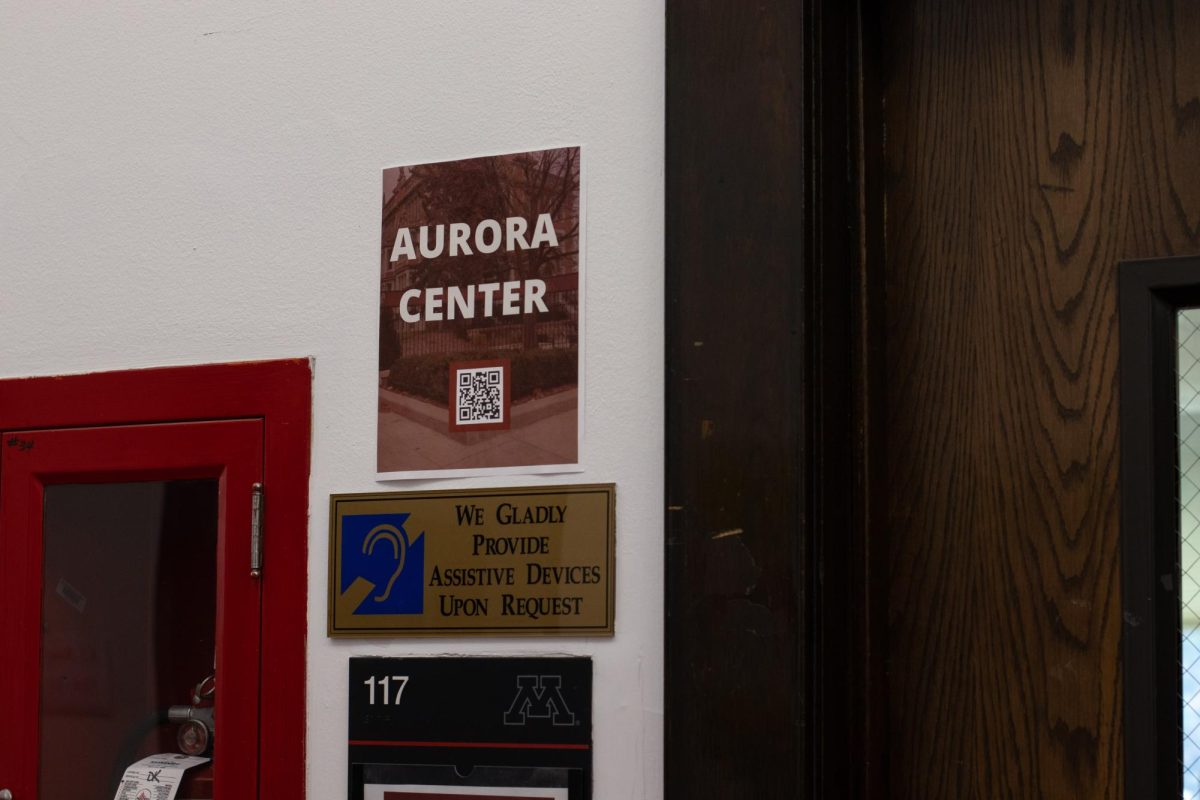I would like to address some of the supposed “truths” about dilation and extraction Laura Watkins wrote about in her Monday column.
Having an abortion is a serious decision women do not make lightly. It is expensive and hard to access because 87 percent of urban and 97 percent of rural counties in this country lack abortion services. It is even harder to find providers of late-term abortions. Eighty-eight percent of all abortions are performed in the first trimester (12 weeks after a woman’s last period). Less than 2 percent are performed after week 21 and abortions after 26 weeks (third trimester) are extremely rare, according to information from the Alan Guttmacher Institute.
There are two reasons most women, who might use the dilation and extraction procedure, have late-term abortions. The first is when the life or health of the woman is in jeopardy. Surgery, X-rays, chemotherapy and other therapy vital to a woman’s health might be stopped or delayed if she is pregnant because it might harm or kill the fetus. Certain women have specific conditions for which being pregnant could be life threatening.
The new law President George W. Bush signed only allows doctors to perform dilation and extraction if a woman’s life is in imminent danger. It is now illegal for doctors to do this procedure to prevent serious, long-term health consequences for the woman; doctors must wait until she is at death’s door.
Why not just have women deliver early? After all, Watkins claims premature infants born “at 21 or 22 weeks and sometimes even earlier are routinely saved.” In fact, infants born at 23 weeks only have a 30 percent chance of survival. Of that 30 percent, one-third will have severe health problems, such as cerebral palsy and hydrocephalus, which might cause death in infancy. Another one-third will have milder health problems such as mild cerebral palsy and developmental delays, according to information from the Mayo Medical Center.
Thus, prior to the partial-birth abortion ban, a woman was able to decide if she should risk her health or life for a 30 percent chance that her baby would survive. Now, the government has taken that personal and complicated decision away from a woman and her doctor.
The second most common reason women have late-term abortions is in cases of severe fetal anomaly, which refers to problems in fetal development that makes it impossible for the fetus to survive outside the womb. Shortly after birth, the baby dies.
Once again, a woman and her doctor are faced with a personal and complicated decision: Should she carry the fetus until she miscarries, give birth to a nonviable baby, or is abortion best for her? For some women it might be too emotionally painful to carry and give birth to a child they know will die, or they might want to abort so they can try to get pregnant again. Once again, the government has taken away a woman’s choice in this circumstance.
The law that passed does not ban late-term abortions but targets the safest medical procedure for doctors to perform while doing a late-term abortion. This is the first instance in our history of a safe, previously legal, medical procedure being banned. This law puts the health and lives of women at risk by denying them the best medical care available. That is the truth.
Shannon Gabriel is a second-year medical student. She welcomes comments at gabr0051@tc.umn.edu







